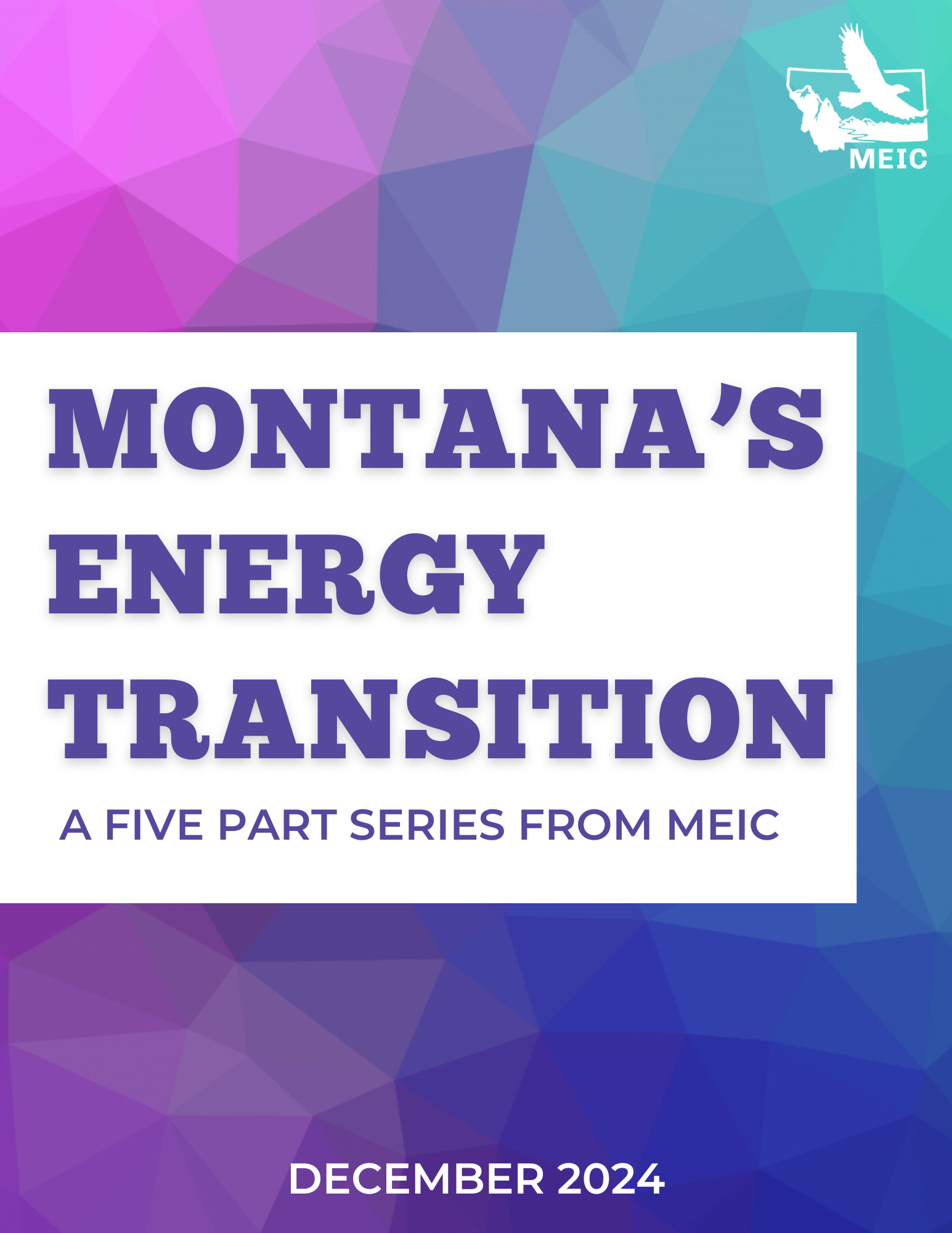 By Ian Lund, Katy Spence, Anne Hedges
By Ian Lund, Katy Spence, Anne Hedges
There’s no doubt about it: the Inflation Reduction Act (IRA) is groundbreaking legislation for those of us working in the climate space. With more than 700 pages, we’re still learning about everything it does. What we know now is that it’s full of enough good things that we count this as a win, but there’s still a lot of work to be done.
The Good
Perhaps the most important provision in the IRA is officially designating greenhouse gases as pollutants under the federal Clean Air Act (CAA). While the U.S. Supreme Court already made such a ruling in 2007, it was unclear what regulatory framework in the CAA governed the regulation of climate pollutants. This summer, the U.S. Supreme Court threw out the Environmental Protection Agency’s Clean Power Plan (which had already been eliminated by the Trump Administration). The Supreme Court ruled in June that the EPA’s plan to limit climate pollution from coal plants was inappropriate under the law, making it extremely unclear how or if EPA could proceed with limiting climate-changing pollution. The benefits that will flow from Congress officially designating greenhouse gases as “hazardous pollutants” under the law will pay significant dividends in coming years. MEIC is extremely relieved by this provision.
The IRA also contains a long overdue provision that requires oil and gas companies to pay $900 per ton of methane leakage in 2024, escalating to $1,200 in 2025, and $1,500 in 2026 and thereafter. This methane leakage charge will help force the oil and gas industry to internalize the cost of climate-changing pollution. However, ensuring that leakages are accurately detected and accounted for will be a challenge. MEIC is committed to making sure methane handlers pay every red cent they owe for the impacts of emitting this supercharged greenhouse gas.
The IRA will also significantly decrease the cost for Montanans to reduce their reliance on fossil fuels. It provides a boatload of incentives for both residential- and commercial-scale clean energy, including a 10-year 30% tax incentive for solar and wind projects, electricity storage, and heat pumps beginning in 2023. Qualifying electric vehicles come with upfront discounts up to $7,500 for new EVs and $4,000 for used EVs. Additionally, there are incentives for improving the energy efficiency of homes and businesses. People below location-specific income brackets will be able to take advantage of rebates up to $14,000 for qualifying efficiency and appliance upgrades, such as weatherization and water-heater replacement.
Check out the White House fact sheet for more good things to come from this bill: www.whitehouse.gov/wp-content/uploads/2022/08/Montana.pdf
The Bad
On the flip side, the IRA has a fan in one industry you may not expect: mining. Some mining companies are cheering a 10% tax write-off of the cost of their operation if they produce ANY amount of “critical minerals.” In this case, this term is used to describe minerals considered essential to national security and the economy. Many of the minerals on the list are used in renewable energy technology. In order to qualify, mining companies will have to produce at least one of these minerals, which includes lithium, cobalt, and nickel, among others. While we can’t argue the need for minerals in renewable technology, this is a large tax break for companies that could devote relatively little of their operations to producing these minerals.
In addition, the IRA also includes much more support for nuclear energy than we’d like to see. First, it includes $36 billion to keep existing reactors in operation. Additionally, through an emissions-based tax credit scheme, the IRA could deliver up to a 50% investment tax credit to a nuclear developer that builds a nuclear plant in an “energy community,” i.e. an area with “significant employment” in the fossil fuel sector (think Colstrip). For more on MEIC’s stance on nuclear energy, visit www.meic.org/nuclear-energy.
The Ugly
It gets worse. The Center for Biological Diversity called the IRA a “climate suicide pact” due to its requirements for massive oil and gas leasing in the Gulf of Mexico and Alaska, reinstatement of an illegal 2021 Gulf lease sale, and mandate that millions more acres of public lands be offered for leasing before any new solar or wind energy projects could be built on public lands or waters. Many of these areas are already considered sacrifice zones, and pushing for more fossil fuel development is devastating for local and Indigenous communities that have fought these projects and their impacts for years. These provisions are a gut punch and implementation is sure to be fought at every turn.
Finally, the IRA only passed because of a deal to bring forward another bill that will supposedly undermine or eliminate compliance with National Environmental Policy Act and its requirement for the government to disclose to the public the environmental, economic, social and cultural impacts of proposed projects. People across the country are already preparing to fight back.
This article was published in the September 2022 issue of Down To Earth.


